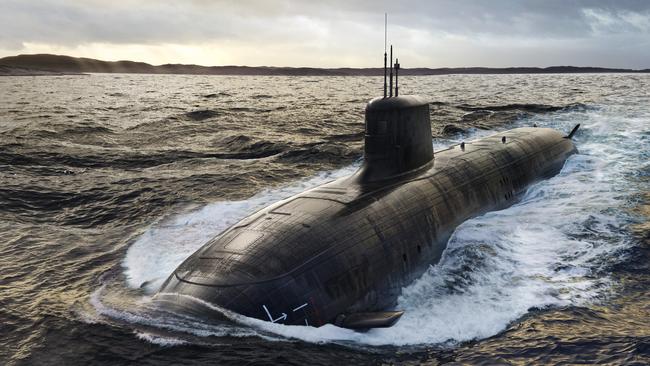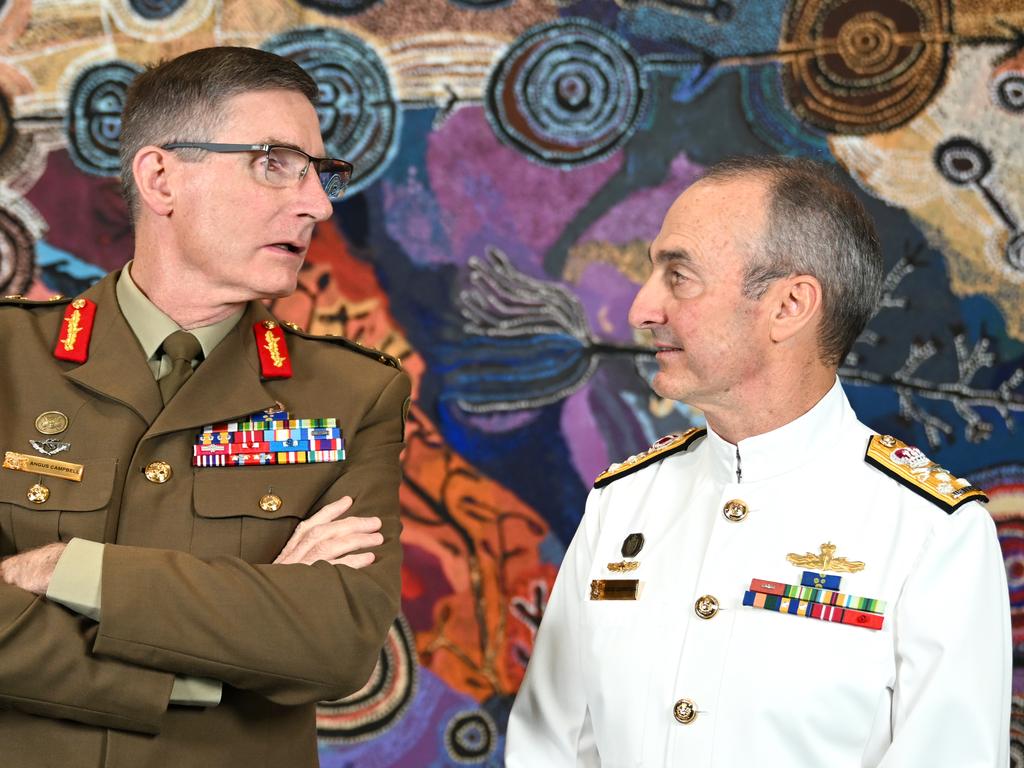Extra defence spending won’t blow up the budget
The ramp-up in spending on federal defence spending over the coming decade comes as no surprise but highlights how future governments will need to tackle the intensifying pressures on the nation’s structural budget position, economists say.

The ramp-up in spending on federal defence spending over the coming decade has come as no surprise but highlights how future governments will need to tackle the intensifying pressures on the nation’s structural budget position, economists say.
Defence Minister Richard Marles on Wednesday announced the armed services would receive $330bn in new and enhanced weapons over the next decade in response to an increasingly threatening strategic environment.
“This financial year, spending in defence will be $53bn,” Mr Marles told the National Press Club.
“These increases will see annual defence spending almost double over the next 10 years to $100bn in the financial year 2033-34 (2.4 per cent of GDP)”, he said.
Westpac senior economist Pat Bustamente said about $30bn of the claimed extra $50bn in spending had been provisioned for in the last budget, leaving $20bn in “new money” that would hit the Commonwealth’s bottom line.
While Mr Bustamente said the additional dollars were substantial in their own right, he agreed the extra spending was not enough to move the dial in terms of the overall budget. “It seems the commitment to defence will increase from 2.3 per cent of GDP, to 2.4 per cent. So the impact on the bottom line is only 0.1 per cent of GDP,” he said.
Ahead if the announcement, Treasurer Jim Chalmers said “the emphasis here needs to be on getting value for money for these huge sums of money that we’re investing in our security”.
Independent economist Chris Richardson said “a more dangerous world is a more expensive world, and we have known that for a long time”.
“The trajectory from now on – spending about one in every 40 dollars on national defence – is consistent with what they were saying longer term in the IGR,” he said. “The more honest answer is that we don’t know (how much more we will need to spend on defence), as the biggest ticket items – the subs – are also the most volatile in a technological, manufacturing and geopolitical sense.”
Mr Richardson said the announcement was “broadly in line with what the government sketched out as a cost a while ago”.
“The cost of running Australia has gone up,” he said.
“We’ve seen that in defence and we see that in social services and the NDIS. And we are yet to figure out how we handle that.”
The additional spending was unlikely to add to inflationary pressures, he said, as most of the dollars went overseas.






To join the conversation, please log in. Don't have an account? Register
Join the conversation, you are commenting as Logout